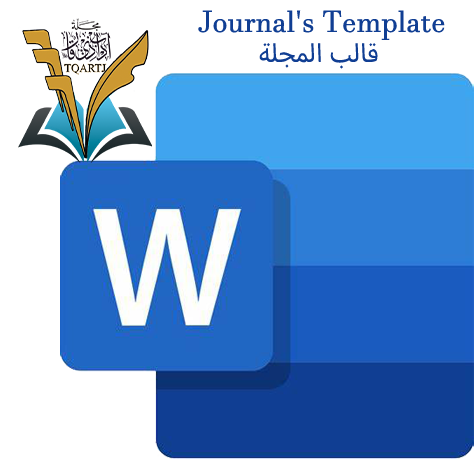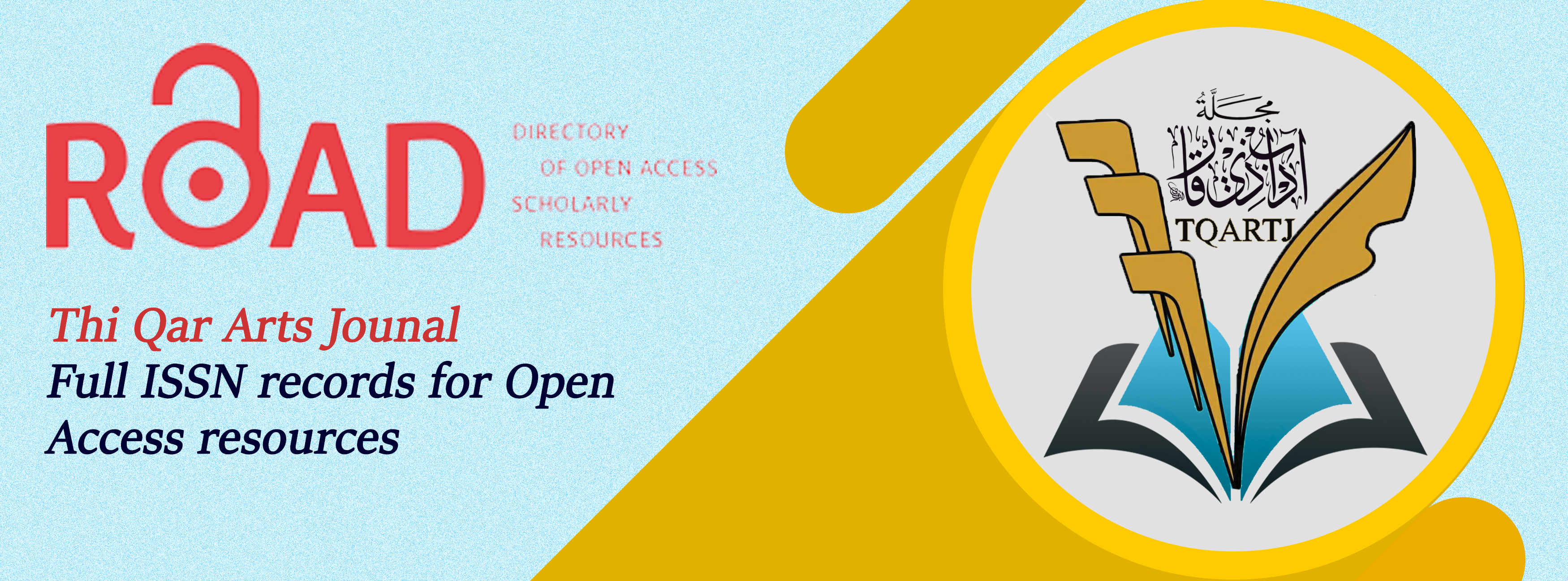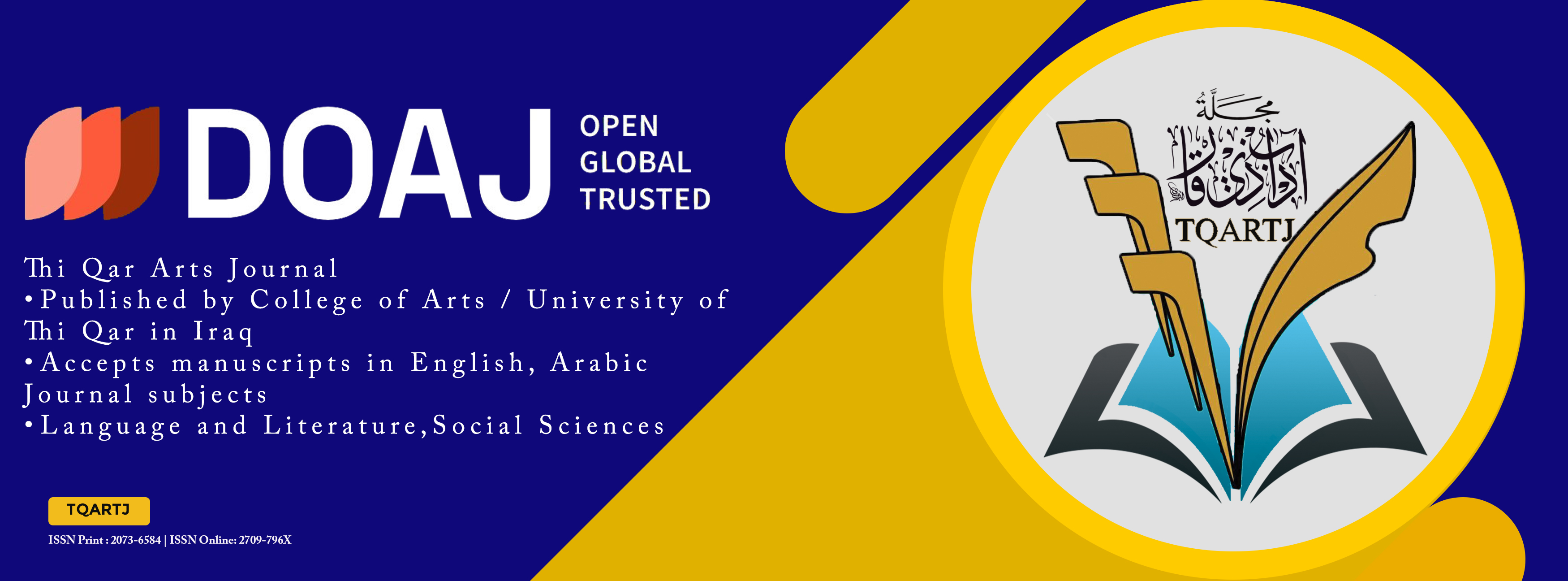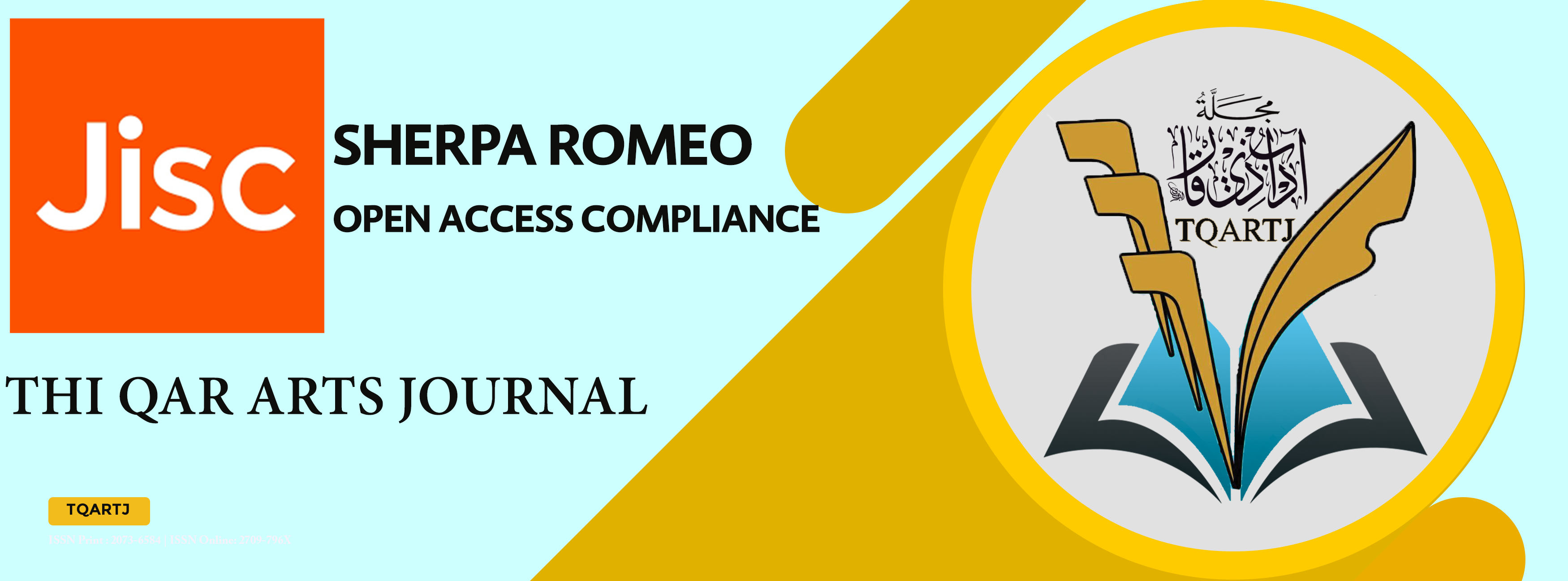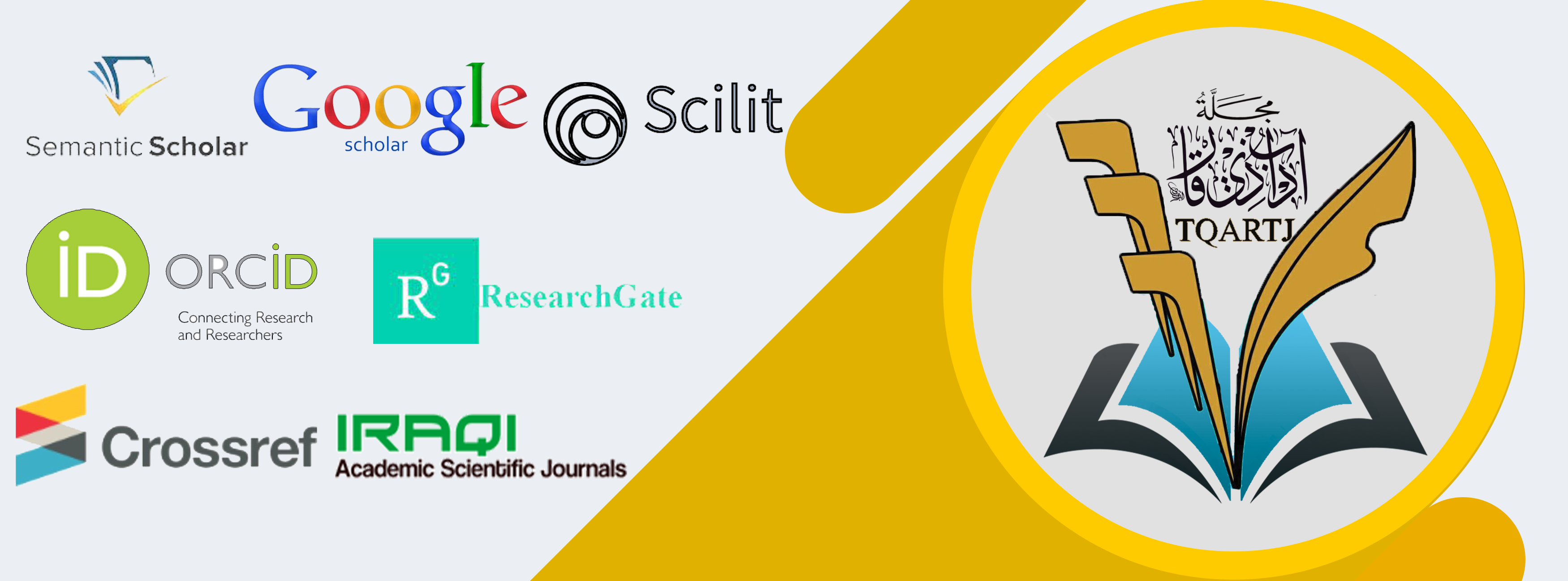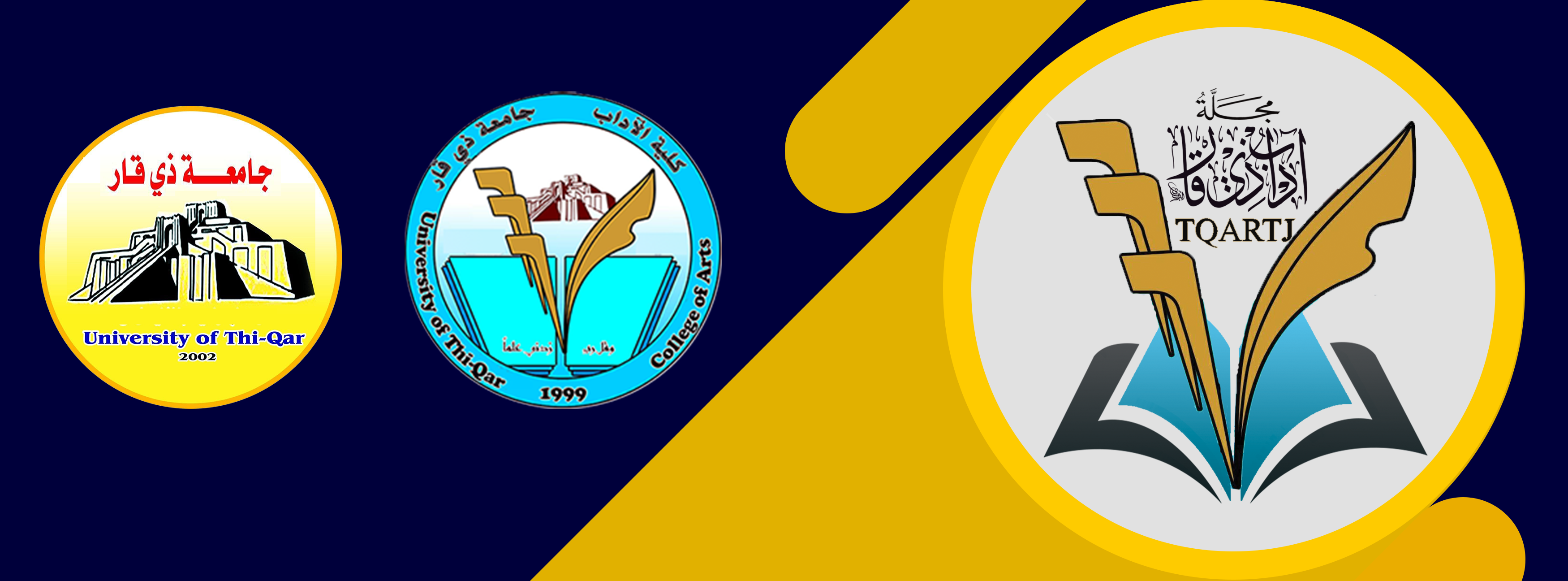The Marvelous and Fantastic Narration in the Novel "Athar Al-Maho"
DOI:
https://doi.org/10.32792/tqartj.v2i49.758Keywords:
Narrative – The Fantastic and the Strange – Ithar al-MahwAbstract
This study explores the fantastic and strange narrative elements in the novel Ithar al-Mahw by the novelist Maytham Tahir. The novel is considered one of the contemporary literary works that captures artistic and creative dimensions through innovative expressive techniques. These techniques address reality through the unreal, disrupting the familiar and destabilizing it. This is manifested through transformations, horror, the irrational, hallucinations, and dreams, in addition to the emergence of mysterious and unstable characters and settings. These elements collectively contribute to a narrative experience that balances between astonishing the reader and prompting reflection on the nature of reality.
The use of the fantastic and the strange in narrative fiction has multiple functions that influence characters and objects within the narrative space. Therefore, Ithar al-Mahw by Maytham Hashim Tahir serves as an applied model, being one of the contemporary novels rich in fantastic and strange dimensions.
Downloads
References
References
The Holy Quran.
1. Hachem, M. T. (2012). Ithar al-Mahw (1st ed.). Damascus: Dar Tammuz.
2. Abu Deeb, K. (2007). The Fantastic Literature and the Strange World in the Book of Greatness and the Art of Arabic Narrative (1st ed.). UK: Dar Al-Saqi & Dar Oryx Publishing.
3. Kalito, A. F. (2006). The Literature of Strangeness: Structural Studies in Arabic Literature (3rd ed.). Morocco: Dar Toubkal Publishing.
4. Todorov, T. (1993). Definition of the Fantastic Literature. Al-Mas’ala Magazine, (4).
5. Al-Yaaboudi, K. (2011). Imagination and Fiction in Narrative Storytelling: A Literary Study. Algeria: Al-Khaldounia Publishing.
6. Al-Shalan, S. (2007). The Fantastic and the Strange Narrative in the Novel and Short Story in Jordan (2nd ed.). Qatar: Al-Jasra Cultural and Social Club.
7. Al-Qazwini. (2000). Marvels of Creatures and Strange Beings (Ed. Farouq Saad). Dar Al-Afaq Al-Jadida.
8. Al-Allam, H. (2009). The Fantastic in Literature: A Poetic Narrative Perspective (1st ed.). Algeria: Arab Scientific Publishers.
9. Baghdadi, F. Q. (2021). The Fantastic: Its Concept and Manifestation in the Arab Narrative Heritage. Tasleem Journal, 9(17–18).
10. Al-Fayrouzabadi. (1996). Al-Qamus Al-Muheet (Ed. Yusuf Al-Sheikh). Beirut: Dar Al-Fikr Al-Ilmiya.
11. Al-Mousa, K. (2014). A Reading in the Fantastic and Strange Discourse of the Syrian Short Story: 'Green Moon on a Black Balcony' as a Model. Al-Mawqif Al-Adabi, (513).
12. Ibn Manzur. (n.d.). Lisan Al-Arab. Beirut: Dar Sader.
13. Todorov, T. (1991). Introduction to the Literature of the Strange (Trans. Mundhir Ayashi). Homs: Dar Al-Dhakira.
14. Mustafa, I., et al. (n.d.). Al-Mu’jam Al-Wasit. Istanbul: Islamic Library.
15. Roland, D. (1997). Encyclopedia of Psychology (Trans. Fuad Shaheen). Oweidat Publishing.
Published
Issue
Section
License
Copyright (c) 2025 Dr. Noufa Hussein Ali

This work is licensed under a Creative Commons Attribution 4.0 International License.
The journal applies the license of CC BY (a Creative Commons Attribution International license). This license allows authors to keep ownership of the copyright of their papers. But this license permits any user to download, print out, extract, reuse, archive, and distribute the article, so long as appropriate credit is given to the authors and the source of the work. The license ensures that the article will be available as widely as possible and that the article can be included in any scientific archive.





